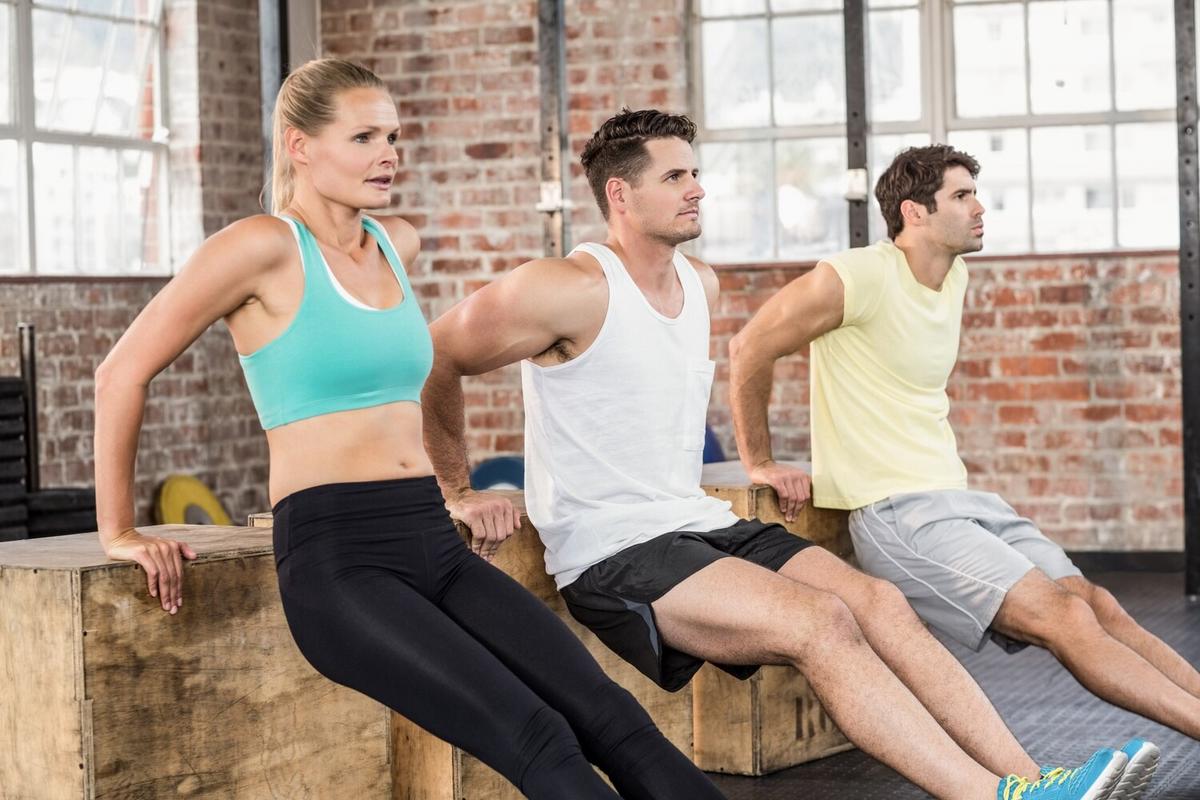
The Science Behind High-Intensity Interval Training (HIIT)
Are you looking to maximize your workout efficiency and get the most out of your gym sessions? High-Intensity Interval Training (HIIT) might be the answer you’re looking for. This powerful training method has gained immense popularity due to its effectiveness in burning fat, improving cardiovascular health, and enhancing overall fitness. But what exactly is HIIT, and what does the science say about it?
What is High-Intensity Interval Training (HIIT)?
High-Intensity Interval Training, commonly known as HIIT, is a workout strategy that alternates between intense bursts of activity and fixed periods of less-intense activity or even complete rest. For example, you might sprint for 30 seconds and then walk for 60 seconds. This cycle is repeated multiple times within a workout session.
Why HIIT Works: The Science
HIIT is effective because it pushes your body to work at its maximum capacity for short periods, followed by recovery times. This approach has been shown to improve both aerobic and anaerobic fitness levels. According to a study published in the Journal of Physiology, HIIT can improve oxygen consumption by nearly 30% over a 4-week period, significantly more than traditional moderate-intensity continuous training (MICT).
Expert Opinions
Dr. Martin Gibala, a professor of kinesiology at McMaster University, states, “HIIT is a time-efficient strategy to get the health benefits of exercise. Even as little as 10 minutes of HIIT can provide benefits similar to 50 minutes of traditional moderate-intensity exercise.”
Relevant Statistics
- A study from the Journal of Physiology found that HIIT can improve insulin sensitivity by 23-58% in young healthy individuals.
- Research published in the British Journal of Sports Medicine concluded that HIIT burns 25-30% more calories than other forms of exercise.
Benefits of HIIT
| Benefit | Description |
|---|---|
| Fat Loss | HIIT can significantly reduce body fat and waist circumference. |
| Improved Cardiovascular Health | Enhances heart health by increasing VO2 max and reducing blood pressure. |
| Time Efficiency | Can achieve similar or better results in less time compared to traditional workouts. |
| Increased Metabolic Rate | Boosts metabolism for hours after exercise, aiding in weight loss. |
| Muscle Retention | Helps maintain muscle mass while losing fat. |
| Improved Insulin Sensitivity | Reduces the risk of type 2 diabetes by improving insulin sensitivity. |
| Versatility | Can be done with various exercises like running, cycling, or bodyweight movements. |
| Accessibility | Requires minimal or no equipment, making it accessible to anyone. |
Personal Anecdote
As someone who has integrated HIIT into my workout routine, I can attest to its benefits. Initially, I was skeptical about how effective short, intense sessions could be. However, after just a few weeks of consistent HIIT training, I noticed a significant improvement in my stamina and a noticeable decrease in body fat. It was a game-changer for me, especially on busy days when I couldn’t afford to spend hours at the gym.
Actionable Tips
- Start Slow: If you’re new to HIIT, begin with shorter intervals and gradually increase the intensity.
- Mix It Up: Incorporate a variety of exercises to keep your workouts interesting and target different muscle groups.
- Stay Consistent: Consistency is key. Aim for at least 2-3 HIIT sessions per week.
- Listen to Your Body: Pay attention to how your body feels and adjust your workout intensity accordingly.
- Warm Up and Cool Down: Always include a proper warm-up and cool-down to prevent injuries.
FAQs
Q: How long should a HIIT session last?
A: A typical HIIT session can last anywhere from 10 to 30 minutes, depending on your fitness level and goals.
Q: Can beginners do HIIT?
A: Absolutely! Beginners should start with shorter intervals and lower intensity, gradually increasing as their fitness improves.
Q: Is HIIT safe for everyone?
A: While HIIT is generally safe, it’s always best to consult with a healthcare provider before starting any new exercise regimen, especially if you have underlying health conditions.
Q: Do I need special equipment for HIIT?
A: No, HIIT can be done with or without equipment. Bodyweight exercises like jumping jacks, burpees, and high knees are excellent for HIIT workouts.
Pro Tips
“Consistency is more important than intensity. It’s better to do moderate HIIT regularly than to push too hard and risk injury.”
“Incorporate HIIT into your routine gradually, and don’t forget to listen to your body. Recovery is just as important as the workout itself.”
Conclusion
High-Intensity Interval Training is a powerful and efficient way to improve your fitness, burn fat, and enhance overall health. With its numerous benefits and the flexibility to be tailored to your fitness level, HIIT is worth considering for anyone looking to revamp their workout routine. Ready to give it a try? Start slow, stay consistent, and watch as you reap the benefits of this highly effective training method.


